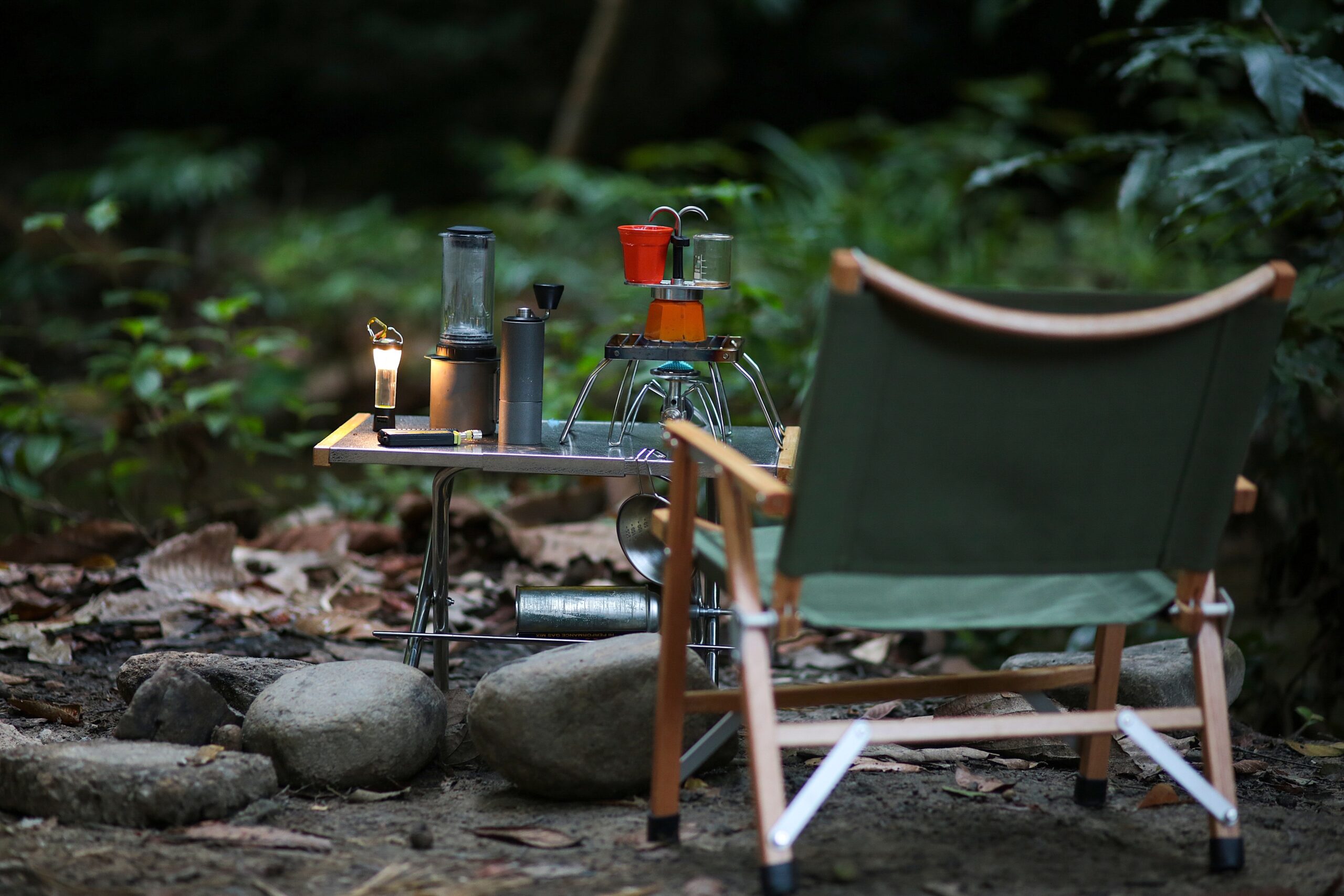Understanding Home Gym Walking Pads
In the quest for maintaining fitness within the confines of a home, walking pads have emerged as a practical solution. These devices are essentially slim, compact treadmills designed to fit seamlessly into small spaces. Unlike traditional treadmills, walking pads are lightweight and often foldable, making them easy to store when not in use. This design feature is particularly appealing for apartment dwellers or those with limited space.
The concept of a home gym walking pad revolves around convenience and accessibility. With the rise of remote work and the need for at-home exercise options, walking pads offer a way to incorporate physical activity into daily routines without requiring a dedicated gym space. They allow users to walk at their own pace, providing a steady cardiovascular workout that can be adjusted to suit various fitness levels.
Moreover, the technology integrated into modern walking pads enhances their appeal. Many models come equipped with digital displays, remote controls, and even app connectivity, allowing users to track their progress and set personal goals. This integration of technology not only makes workouts more engaging but also provides valuable insights into one’s fitness journey.
To sum up, home gym walking pads are a versatile addition to any home fitness setup, offering a blend of innovation, convenience, and efficiency. They cater to a wide range of users, from fitness enthusiasts to those just beginning their exercise journey.
The Benefits of a Compact Treadmill for Small Spaces
Compact treadmills, designed specifically for small spaces, bring numerous advantages to the table. One of the primary benefits is their size. These treadmills are engineered to occupy minimal space, making them ideal for apartments, small homes, or even office spaces. Their compact nature does not compromise functionality, as they still provide a robust workout experience.
Another significant advantage is their portability. Many compact treadmills are equipped with wheels, allowing for easy movement and storage. This feature is particularly beneficial for those who need to frequently rearrange their living space or for individuals who prefer to exercise in different areas of their home.
Compact treadmills also tend to be quieter than their larger counterparts. This is an important consideration for those living in shared spaces or for anyone who exercises at odd hours. The reduced noise level ensures that workouts do not disturb others, adding to the overall convenience of these machines.
Additionally, the affordability of compact treadmills makes them accessible to a broader audience. With a range of models available, there is an option to suit various budgets, ensuring that more people can enjoy the benefits of home exercise without breaking the bank.
In summary, compact treadmills for small spaces offer a practical and efficient way to maintain fitness without sacrificing valuable living space. Their size, portability, and affordability make them a popular choice for modern living.
Exploring Portable Walking Pads for Home Use
Portable walking pads are a subset of compact treadmills that emphasize mobility and ease of use. These devices are designed to be easily transported and set up, making them an attractive option for those who value flexibility in their workout routines. Whether you want to exercise in front of your television or in a quiet corner of your home, portable walking pads provide the versatility to do so.
One of the standout features of portable walking pads is their lightweight construction. Most models weigh significantly less than traditional treadmills, allowing users to move them with minimal effort. This portability is complemented by features such as foldability and slim profiles, which ensure that the walking pads can be stored under furniture or in closets when not in use.
The convenience of portable walking pads extends beyond their physical attributes. Many models come with easy-to-use controls and pre-set programs that cater to different fitness levels. This allows users to customize their workouts to match their personal goals, whether that means a leisurely walk or a more intense cardio session.
Additionally, the affordability and accessibility of portable walking pads make them an appealing choice for a wide range of users. They offer a cost-effective way to stay active without the need for expensive gym memberships or bulky equipment. This democratization of fitness technology ensures that more people can integrate regular exercise into their daily lives.
Overall, portable walking pads for home use offer a blend of convenience, versatility, and affordability, making them a valuable addition to any home fitness routine.
Comparing Walking Pads and Traditional Treadmills
When deciding between a walking pad and a traditional treadmill, it’s essential to consider the unique features and benefits of each. Walking pads are renowned for their compact size and portability, making them ideal for those with limited space. They are typically more affordable and easier to store, offering a practical solution for home workouts.
On the other hand, traditional treadmills often provide a more comprehensive workout experience. They are equipped with larger running surfaces and more powerful motors, allowing for a wider range of speeds and inclines. This makes them suitable for more intense workouts and for users who are training for specific fitness goals.
However, the larger size of traditional treadmills can be a drawback for those with space constraints. They require a dedicated area for setup and are not as easy to move or store as walking pads. Additionally, traditional treadmills tend to be more expensive, which may not be feasible for all budgets.
- Walking Pads: Compact, portable, affordable, easy to use, limited speed range.
- Traditional Treadmills: Larger, more powerful, versatile, suitable for intense workouts, higher cost.
Ultimately, the choice between a walking pad and a traditional treadmill depends on individual needs and circumstances. For those prioritizing space and affordability, walking pads offer a practical solution. In contrast, traditional treadmills are better suited for users seeking a more robust workout experience.
Choosing the Right Walking Pad for Your Needs
Selecting the right walking pad involves considering several key factors to ensure it meets your specific needs. First, assess the available space in your home. Measure the area where you plan to use and store the walking pad to ensure a comfortable fit. This will help narrow down your options to models that are suitable for your space constraints.
Next, consider your fitness goals and how the walking pad will fit into your routine. If you plan to use it for light walking or rehabilitation, a basic model with essential features may suffice. However, if you aim for more intensive workouts, look for walking pads with higher speed settings and additional features like incline adjustments.
Another crucial factor is budget. Walking pads come in a range of prices, so determine how much you are willing to invest. While it’s tempting to opt for the cheapest option, consider the long-term benefits of investing in a more durable and feature-rich model.
Additionally, read reviews and seek recommendations to gauge the performance and reliability of different models. User feedback can provide valuable insights into the pros and cons of each walking pad, helping you make an informed decision.
- Space: Measure available area.
- Goals: Determine intended use.
- Budget: Set a price range.
- Reviews: Check user feedback.
By taking these factors into account, you can choose a walking pad that aligns with your lifestyle and fitness objectives, ensuring a satisfying and effective home workout experience.





